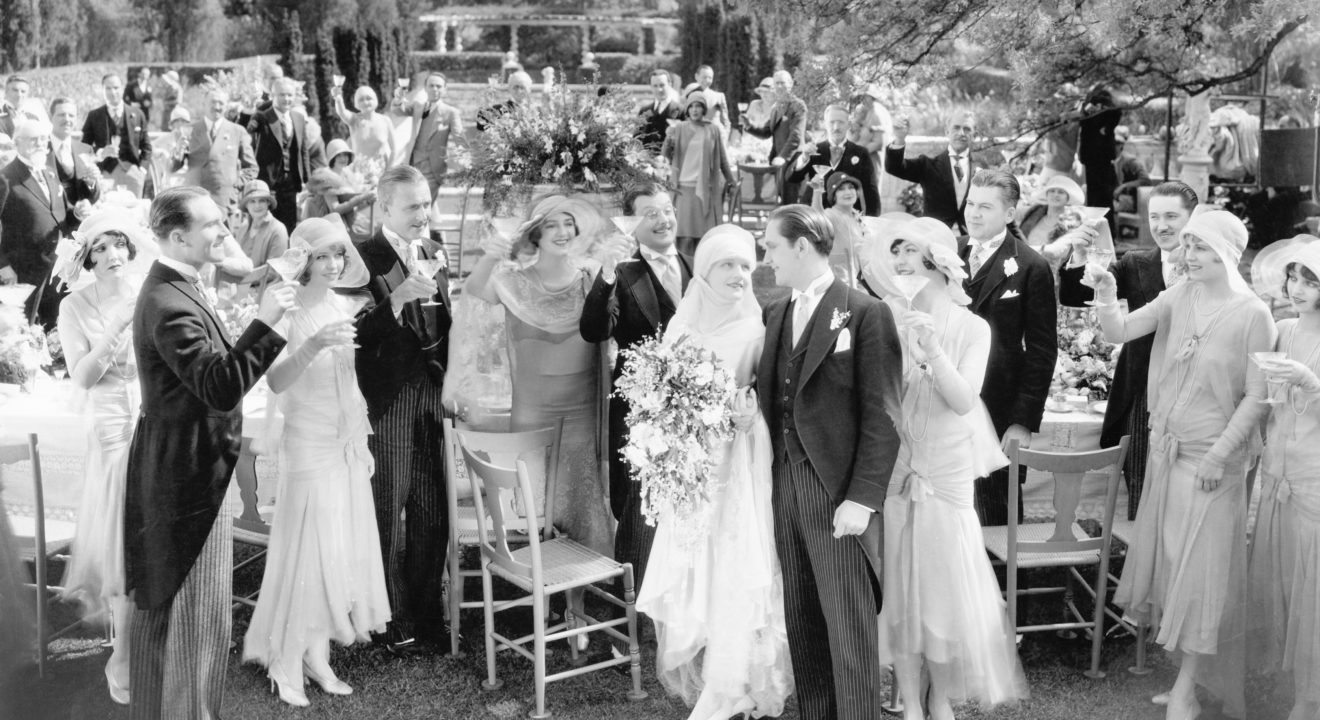Style November 10, 2016


You’re scrolling through Pinterest and Instagram looking at the latest bridal trends and all you see is white, white, white. Where are the vibrant colors and dark, dusky hues? Well, that fashion trend went out the window when Queen Victoria donned the white dress she designed herself in 1840.
She wasn’t even considered a style icon during her time and her dress was “plain and boring” but little did she know that she would spark one of the biggest fashion trends.
Before Queen Vic donned white for her big day, brides wore the nicest gown that they owned. Red, yellow, blue or green – it didn’t matter the color. But on her wedding to Prince Albert in 1840, the new Queen insisted on a lacy white gown.
READ MORE: Started From the Bottom, Now We’re Heel: A History of High Heels
The dress’s simplicity, however, turned off some members of the court. “[The simplicity] was a marked contrast to what people were used to seeing at royal weddings,” says Jennifer Wright (via Racked). “They would have expected elaborate jewels, ermine trimmed robes and generally silver gowns. The fact that the fabric was woven with silver – or sometimes gold – thread wasn’t meant to indicate that the bride was virginal. It was meant to indicate that the bride came from an extremely wealthy family.”
But even if some people disagreed with the Queen’s decision, a few years after her wedding, “Godey’s Lady’s Book,” a popular lady’s monthly, called white “the most fitting hue” for a bride, as it is “an emblem of the purity and innocence of girlhood, and the unsullied heart she now yields to the chosen one.”
News spread throughout the continent and the United States and brides everywhere rushed to look like Queen Victoria on their wedding day. Out went the colored gowns from boutiques and in came the “royal” white.
READ MORE: Leopard Print: Rocker-Chic and High-End Style (PHOTOS)
As BBC explains, at that point the “connotation of purity was not important. It was about wealth. Throughout the 18th and 19th century, women who could afford it got married in white.” After all, washing was done using hands and a washboard – a white dress was almost impossible to clean. Thus, it was a garment that was worn only once, which was affordable to only the wealthiest of families.
It wasn’t until World War II that white clothes were not as luxurious, enabling middle-class British and American women to wear white for their weddings. By then, the “white wedding” trend had taken hold and showed no signs of slowing down.
Sales were boosted once again when Princess Diana wore her now famous white taffeta gown when she married Prince Charles. And twenty years later at another royal wedding, Kate Middleton said “I do” to Prince William in an impeccable white gown that received almost as much media attention as the wedding itself.
Although today’s brides don’t necessarily pick white to show affluence or to be thrifty, they still take after Queen Victoria in style. After all these years, many dresses women wear in the 21st century still sport fitted bodices and full, floor-length skirts. “The typical contemporary gown looks a lot more like Victoria’s dress than it does like anything else in the bride’s wardrobe,” TIME says.
READ MORE: How Eyeglasses Fashion Has Changed Over Time